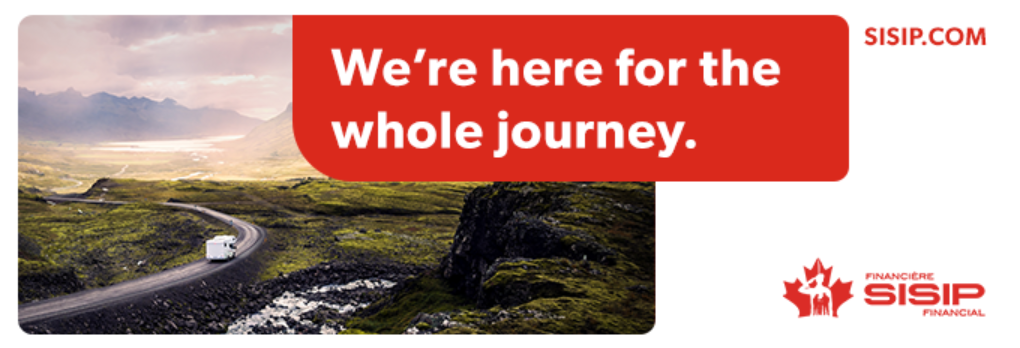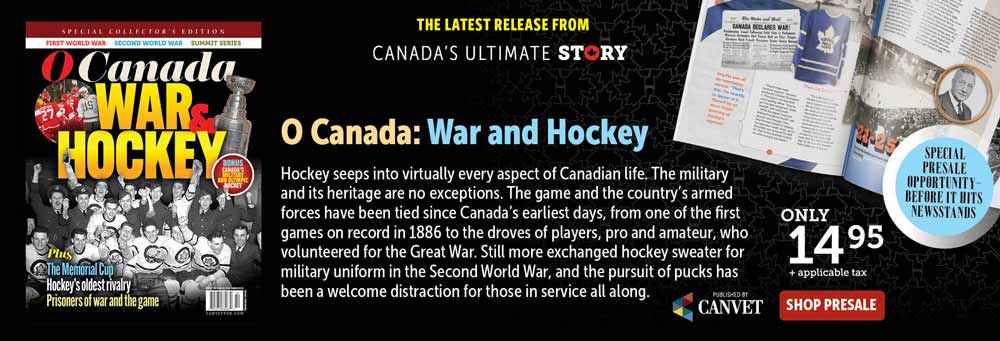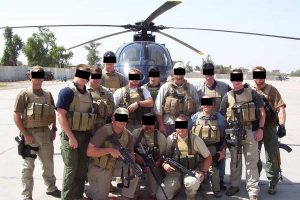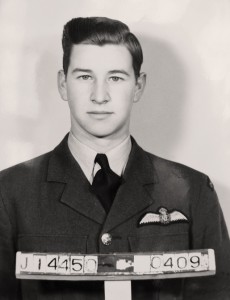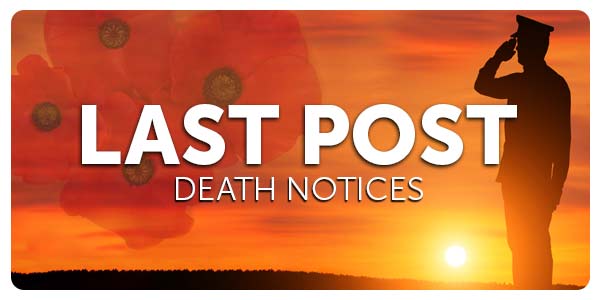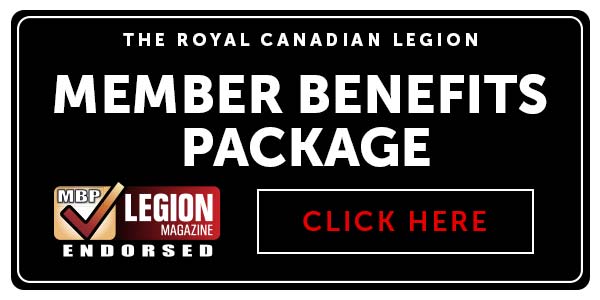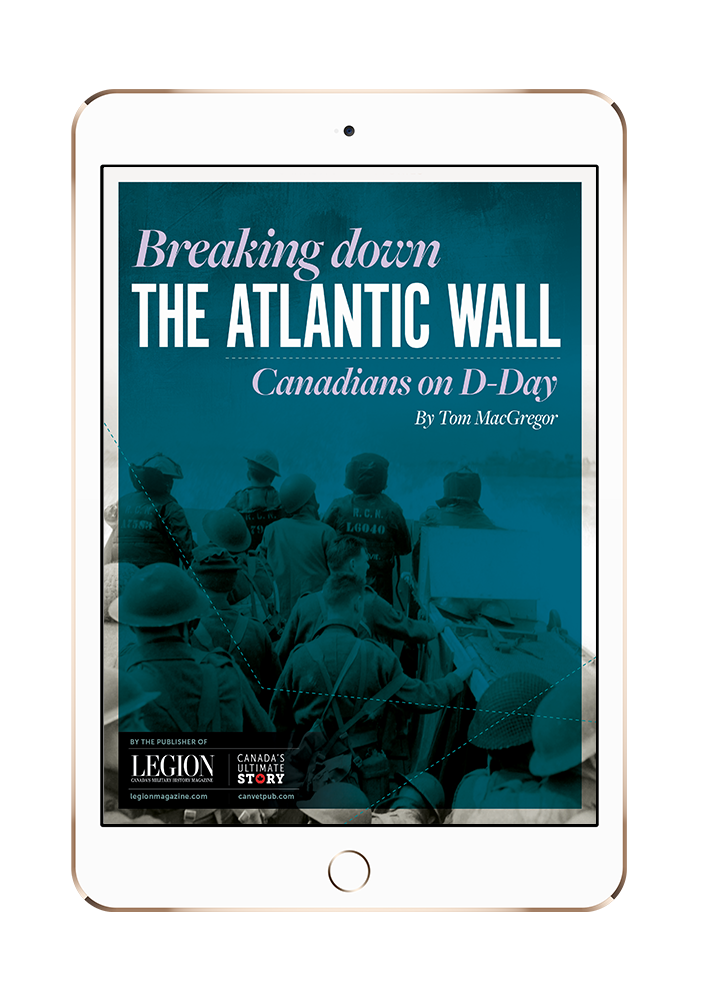
During Operation Faust, food was transported by road from numerous places such as Rhenen, Netherlands, to the occupied areas of the country where people were starving due to lack of sustenance. [www.hetutrechtsarchief.nl]
During numerous tours in Afghanistan, the Canadian-documentarian bore witness to some of the best of humanity, while also possibly experiencing some of the worst.
It was during one of her four media embeds with a NATO country force when the latter played out and the Taliban tried to abduct her. She evaded the foiled attempt, and still tries to see the good in people—an endeavour encapsulated in her new documentary on the Second World War’s Canadian-led Operation Faust.
The May 2-9, 1945, mission sought to feed a starving Dutch populace, deprived of provisions by Nazi authorities, amid the Hongerwinter (Hunger Winter) famine. According to MacLean’s 46-minute film, the humanitarian aid corridor enabled the Royal Canadian Army Service Corps to dispatch an average of 30 vehicles over the line every 30 minutes, each truck loaded with vital supplies.
While Operation Faust took place, additional airdrops executed by Royal Air Force Bomber Command (Operation Manna) and the United States Army Air Force (Operation Chowhound) helped alleviate pressure on the wartorn Netherlands. The ground component alone provided 840 to 1,141 tons of goods each day until war’s end.
MacLean spoke to Legion Magazine about Op Faust: Hunger Winter ’45—set to be screened during the 2025 Canadian Tulip Festival in Ottawa—and its resonance in modern times.
On the historical context of Operation FaustBy the time Operation Faust occurs, some 20,000 Dutch civilians had died of starvation [due to] the absolute repression of those people under the German occupation. The brutality they had endured was just so intense and difficult. Our wonderful allies, both British and Americans, joined efforts to provide relief. But Operation Faust is a uniquely Canadian initiative, where Canada’s military high command and their German counterparts negotiated directly to create a humanitarian aid corridor.
When I read the journals of Canadian personnel involved in delivering supplies, many talk about knowing that German guns were trained on them. If only one [enemy] soldier turned trigger-happy, the whole thing could have fallen apart. Instead, both sides actually worked together in a really tough situation. To me, Operation Faust thus represents people’s ability to bring resolution in warfare.
On making the film
I’ve always been fascinated by World War Two history as my father fought in the British Royal Air Force, serving in North Africa. However, I had only a superficial understanding of Operation Faust until (retired) lieutenant-colonel Will Watkins [of The Guild of Waggoneers & Artificers, a registered federal charity that supports military communities] asked if I’d be interested in making a documentary on it. The moment I delved deep, I realized it was a story I could work with.
I visited the Netherlands in 2019 to start the initial documentation phase. Similar to my Afghanistan tours, I went on my own as I couldn’t afford a crew or an assistant. Through Dutch military connections, I enquired after Operation Faust witnesses or Hunger Winter survivors. So, my main documentary interviews were with people whose names had been provided by amazing contacts in the Dutch armed forces.
Now, I was expecting to release the documentary for the 75th anniversary [of the Dutch liberation], but the COVID-19 pandemic, of course, shut everything down. This meant I had to wait until 2023 to obtain additional footage, namely that of Canadian troops at commemorative services once they, too, were allowed back.
Afterward, it was about editing and trying to find the money, doing other work in order to continue the project. I was able to partner with The Guild of Waggoneers & Artificers, which helped raise funds, while also donating most of my services. Eventually, I produced a five-minute promo to gain donations, including those from corporate organizations like Mazda Canada that really helped progress.
One aspect of the documentary I love is that we remastered archival footage with AI (artificial intelligence) assistance, which I hadn’t done with other projects. AI helped clean up some of the graininess in that footage, so it certainly has its uses.
I’ve finally started approaching educators and entered a non-exclusive broadcast licensing agreement with CHEK TV [to screen the film]. My hope is that it will appeal to audiences of almost all ages, basically from 12 upward, so that people might witness the humanity of war. Maintaining compassion in such times is so difficult. There is just so much brutality, so much fear, so much violence, so it’s really crucial that people can remember what makes them a good human being.
This abridged interview has been edited for brevity and clarity.
Advertisement





